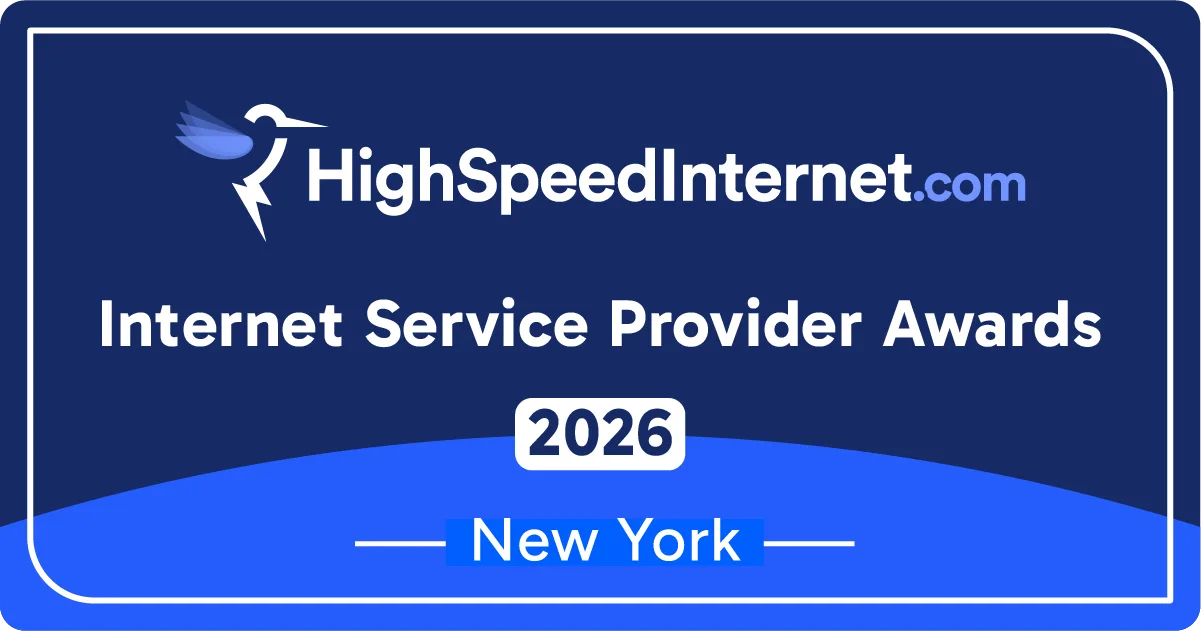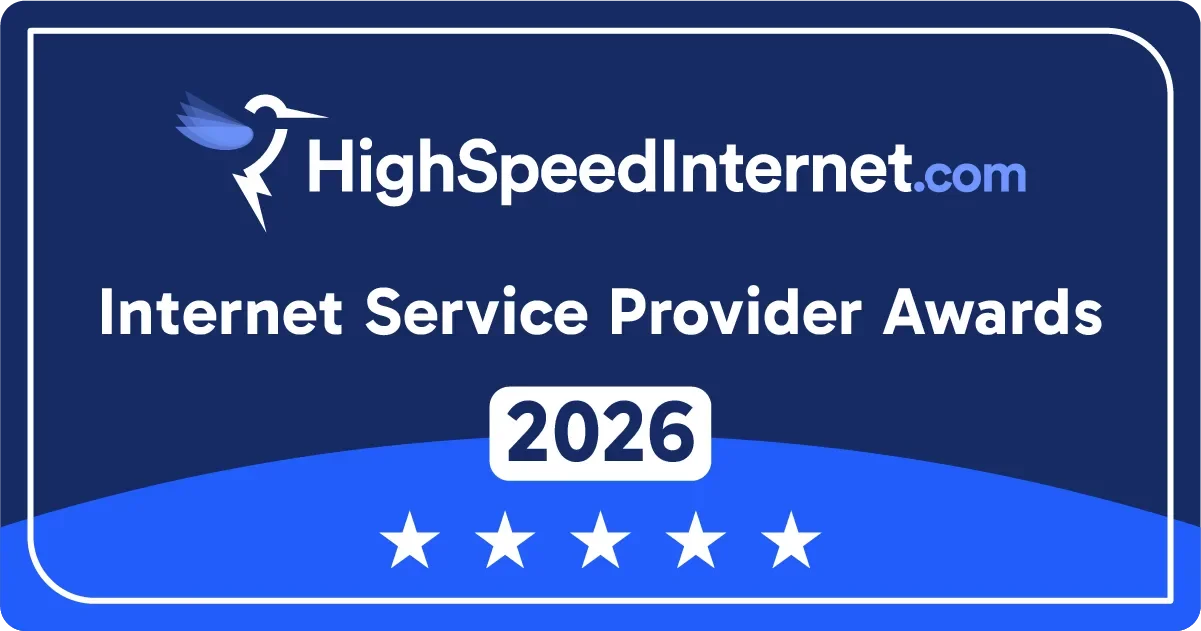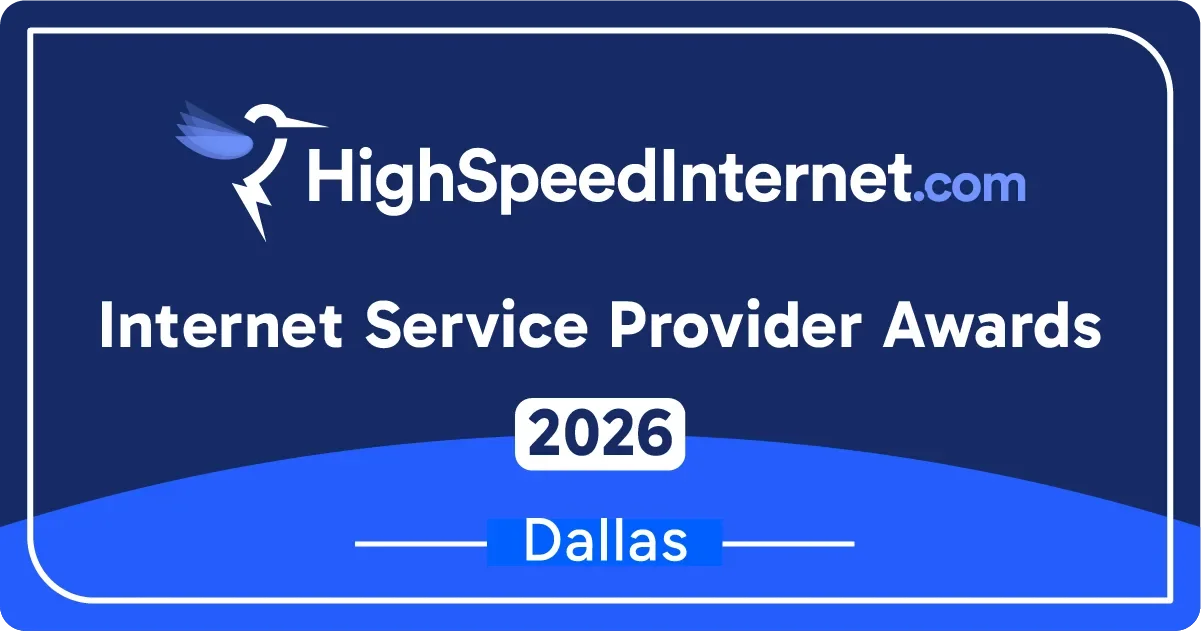Report: Cheapest and Most Expensive States for Internet Service
Providers may charge more for less, depending on where you live
Dec 17, 2024 | Share
Data and Research, Industry Exclusive/Entertainment
One in four Americans list “saving money” as a top 2025 New Year’s resolution, and nearly a quarter of a million people ask Google about internet costs every month. Auditing your internet bill is a simple way to start.
HighSpeedInternet.com’s latest report reveals average internet costs by state and provides tools you can use to compare providers and save money.
An analysis by the experts at HighSpeedInternet.com found internet access is the most expensive for what you get in Alaska, Montana, and West Virginia—states with wide open spaces, winding dirt roads, and low population density.
Internet plans are cheapest for what you get along the eastern seaboard and in more heavily populated states. But there is some variance. Outlier states like Hawaii, Utah, North Dakota, and South Dakota aren’t known for big city living, for example, but each made our 2024 list of top 10 cheapest states to buy internet.
In other words, you can get fast internet for a great bargain if you live in one of our top 10 cheapest states, but you’ll probably have to pay a lot for slower speeds if you live in the 10 most expensive states.
Key takeaways:
- The median download speed for home internet is 85.45Mbps.
- Households pay an average of $74.17 monthly.
- Alaska has the most expensive internet at $2.92 per Mbps.
- Connecticut has the cheapest internet at $0.61 per Mbps.
- Oregon and Massachusetts have average prices of $0.85 per Mbps.
Our scoring metric is monthly price per megabit per second ($$$/Mbps)
We compared what people pay for internet service with actual download speeds to find the top 10 cheapest and most expensive states to buy internet.
Want to see how your internet plan compares? Pull up your bill to see how much you pay every month, and then take a speed test. Divide your price by your speed to get your own price per Mbps.
Why did we compare price and download speed?
Not all home internet connections are created equal. If you have fiber internet, for example, you’ll enjoy speeds fast enough to support dozens of devices and multiple video streams in 4K. But if you have a DSL connection, you may have to kick everything but your SD TV off your Wi-Fi in order to stream even a single show.
Costs vary, too. Internet providers charge different amounts based on where you live, and those prices don’t necessarily correlate to speeds offered. That results in dramatic differences in internet value throughout the country.
Our study looks at actual speeds (not advertised speeds) and compares them to actual prices real people pay (not advertised plan prices) in each state.
In the broadband battles, is your state a winner or a loser?
Cheapest states for internet
| Rank | State | Price per Mbps | Average monthly payment | Median Download Speed (Mbps) |
|---|---|---|---|---|
| 1 | Connecticut | $0.61 | $72.47 | 119.13 |
| 2 | North Dakota | $0.64 | $56.42 | 88.51 |
| 3 | South Carolina | $0.67 | $74.17 | 110.31 |
| 4 | South Dakota | $0.69 | $55.88 | 81.36 |
| 5 | Hawaii | $0.69 | $63.18 | 91.55 |
| 6 | New Jersey | $0.70 | $82.79 | 118.57 |
| 7 | Maryland | $0.70 | $75.44 | 107.63 |
| 8 | Delaware | $0.71 | $80.66 | 114.37 |
| 9 | Florida | $0.72 | $83.25 | 115.58 |
| 10 | Utah | $0.72 | $69.01 | 95.56 |
Most expensive states for internet
| Rank | State | Price per Mbps | Average monthly payment | Median Download Speed (Mbps) |
|---|---|---|---|---|
| 1 | Alaska | $2.92 | $103.73 | 35.51 |
| 2 | Montana | $2.63 | $123.37 | 46.84 |
| 3 | West Virginia | $1.88 | $86.17 | 45.87 |
| 4 | District of Columbia | $1.72 | $118.19 | 68.69 |
| 5 | Vermont | $1.36 | $82.78 | 60.81 |
| 6 | Idaho | $1.27 | $64.88 | 51.15 |
| 7 | Arkansas | $1.27 | $80.01 | 63.18 |
| 8 | Iowa | $1.22 | $75.86 | 62.12 |
| 9 | New Mexico | $1.16 | $68.46 | 59.13 |
| 10 | Oklahoma | $1.14 | $81.27 | 71.23 |
Looking to save money on your internet bill? Read our guide to the Cheapest Internet Plans of 2024.
The Goldilocks zone for internet price and speed
Providers in some states probably charge too much for internet service, and others offer some screaming good deals. But in some states, households are getting average prices for average speeds. These states fall in our internet service Goldilocks zone.
| Value ranking | State | Price per Mbps | Average monthly payment | Median Download Speed (Mbps) |
|---|---|---|---|---|
| 25 | Oregon | $0.85* | $72.27 | 85.45 |
| 26 | Massachusetts | $0.85* | $93.60 | 109.6 |
| 27 | Minnesota | $0.87 | $68.66 | 79.1 |
| 28 | Alabama | $0.88 | $74.10 | 84.26 |
| 29 | Virginia | $0.89 | $86.70 | 97.95 |
| 30 | Arizona | $0.93 | $75.34 | 81.22 |
| 31 | Kentucky | $0.94 | $79.56 | 84.85 |
| 32 | Pennsylvania | $0.94 | $84.33 | 89.43 |
| 33 | Wyoming | $0.96† | $58.63 | 61.24 |
| 34 | Missouri | $1.01† | $72.80 | 71.92 |
*Median price per Mbps per month.
†Average (mean) price per Mbps per month is $1.00.
Trends in the data
Our biggest finding was that if you live in a rural area, you may pay more for decent internet speeds than you would if you lived in a more urban area. This finding matches our data on internet price and speed from 2020, but the 2024 numbers were not as clear cut.
Our first place winner, Connecticut, is the sixth most heavily populated state in the union. Residents there also benefit from some of the fastest speeds in our data set, with an average of 119Mbps. That’s fast enough to support a busy household with multiple connected TVs, smartphones, laptops, and gaming consoles.
But our second-place winner, North Dakota, ranks 49th in terms of population per square mile. Digging into our data, two things become clear. First, speeds in North Dakota are still pretty slow, coming in below the FCC recommended target of 100Mbps for broadband. At the same time, North Dakotans we surveyed were likely to choose some of the cheapest prices available to them. The average actual spend on internet service in North Dakota is $56.42 per month, but the average advertised rate for internet plans is $70.03.
Our researchers identified unusual trends among the states we identified as “most expensive” as well. The most heavily populated state, which we identified as Washington, D.C., has average internet speeds of just 68.69Mbps, and providers report advertised prices of an average $54.38 per month. However, real customers in the nation’s capitol told us they spend a whopping $118.19 every month, on average.
Speeds and internet tech types
The type of internet you have is the biggest factor in determining your speeds. Below is a broad overview of what you can expect from your local providers.
Satellite internet: With this tech type, your signal gets beamed to a satellite, which beams it back down to a hub on earth before connecting to the regular internet. This means slow speeds and terrible latency, but very high prices. Satellite is usually a choice of last resort for internet access.
Fixed wireless, 4G LTE, and 5G home internet: This type of internet uses the same technology cell phones use, and speeds can vary a lot based on how close you are to the nearest tower. Promotional prices tend to be low but can creep up after a few months.
DSL internet: This type of internet works over legacy copper phone lines, and it is common in rural and economically disadvantaged areas. Speeds top out around 100Mbps but are often much slower. Prices, however, tend to be higher than fixed wireless plans and even some fiber plans.
Cable internet: This tech works over the same network of coax cables used for cable TV, and speed and reliability is improving all the time. Prices range from $25 per month to more than $100 per month, depending on speed and location. Cable internet is common in cities and suburban areas.
Fiber internet: Short for fiber-to-the-home (FTTH) or fiber-to-the-premises (FTTP), fiber is the gold standard for internet speed and reliability. Download speeds of at least 1,000Mbps are common. Prices for these ridiculously fast speeds are usually the same, or lower, than prices for competing DSL and cable plans.
Competition
Customers get faster speeds at better prices when they have more provider options. However, many customers in both rural and urban areas have a choice of only one or two providers.
When internet providers know they have a monopoly, they can often charge more.
There’s an important caveat to mention in 2024, however. Traditional cell phone providers such as T-Mobile, Verizon, and AT&T have been busy enhancing their 5G footprints across the nation. At the same time, satellite providers like Starlink and Hughesnet have made their service much faster. Today, 5G home internet and satellite internet are more viable than ever if your local landline provider doesn’t offer decent speeds.
Final thoughts
Prices for internet service vary based on where you live, but it’s not just state vs. state. Regions, cities, and even neighborhoods can all have different options. The best way to find a good deal on internet service is to find out which providers offer service in your zip code using a tool like HighSpeedInternet.com. From there, visit each provider’s website and enter your exact address to see a list of plans.
New internet offerings pop up all the time, so we usually recommend shopping for internet about once a year. Learn more, start shopping, and get expert recommendations in our 2024 Annual Provider Review.
Methodology
Our analysts used proprietary customer survey data, proprietary speed data, and data from our exhaustive database of internet plans to rank states for this report. We compared our findings to population density figures from the 2020 U.S. Census. If you have further questions about our methodology, you can email [email protected].
Sources
- The proprietary HighSpeedInternet.com price database was our source for advertised prices, which were used to calculate our state rankings. We sourced the data directly from providers, and from publicly available websites and advertisements. We calculated an average (mean) price based on all plans and prices available in a given state.
- The HighSpeedInternet.com speed test was our primary source for Mbps data for each state. We calculated a median speed for all tests taken between Sept. 2022 and August 2023 in a given state, excluding mobile data.
- The HighSpeedInternet.com 2023 Customer Satisfaction Survey was our primary source for prices customers pay for internet every month. We calculated a median price for each state based on customer responses.
- Population density data was sourced from the 2020 U.S. Census. We relied on calculations for density per square mile.
Author - Chili Palmer
Chili Palmer covers home tech services, with a special focus on understanding what families need and how they can stay connected on a budget. She handles internet access and affordability, breaking news, mobile services, and consumer trends. Chili’s work as a writer, reporter, and editor has appeared in publications including Telecompetitor, Utah Business, Idaho Business Review, Benton Institute for Broadband & Society, and Switchful.com.
Editor - Rebecca Lee Armstrong
Rebecca Lee Armstrong has more than six years of experience writing about tech and the internet, with a specialty in hands-on testing. She started writing tech product and service reviews while finishing her BFA in creative writing at the University of Evansville and has found her niche writing about home networking, routers, and internet access at HighSpeedInternet.com. Her work has also been featured on Top Ten Reviews, MacSources, Windows Central, Android Central, Best Company, TechnoFAQ, and iMore.





